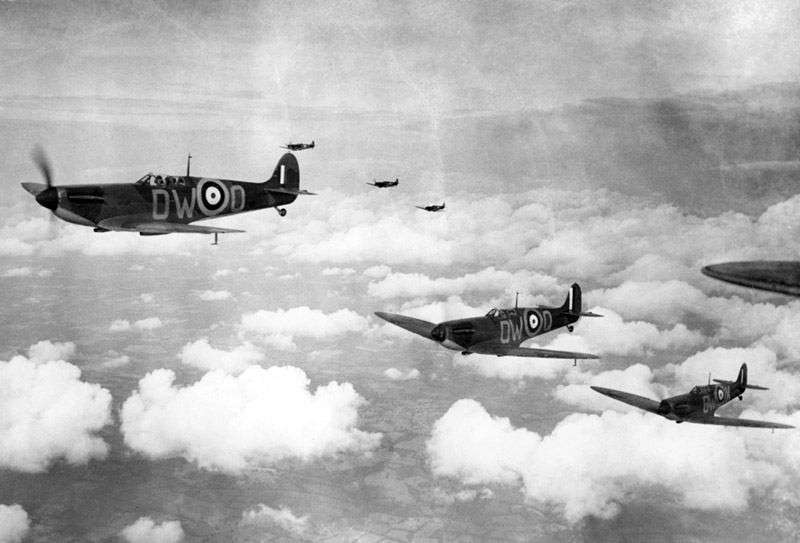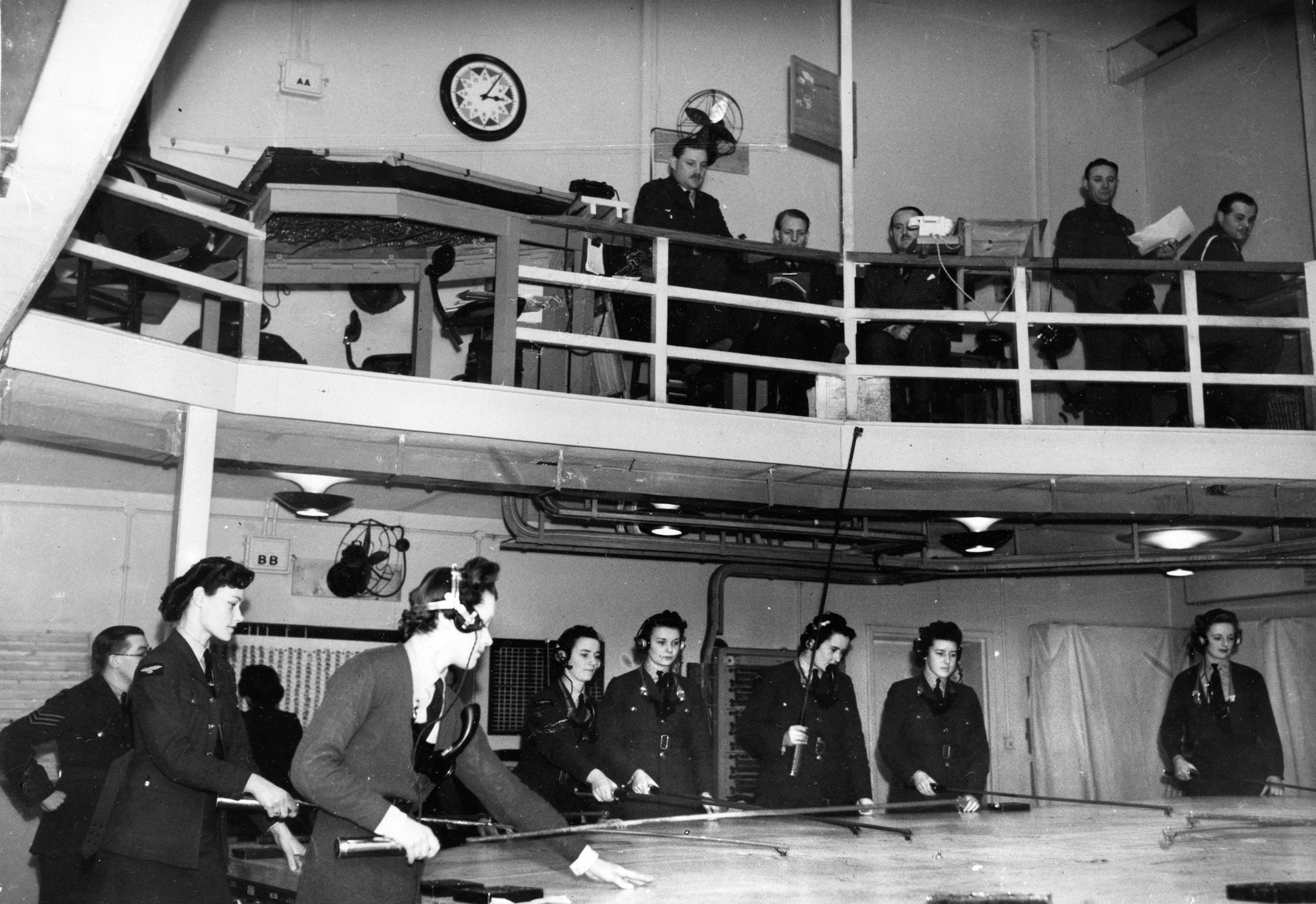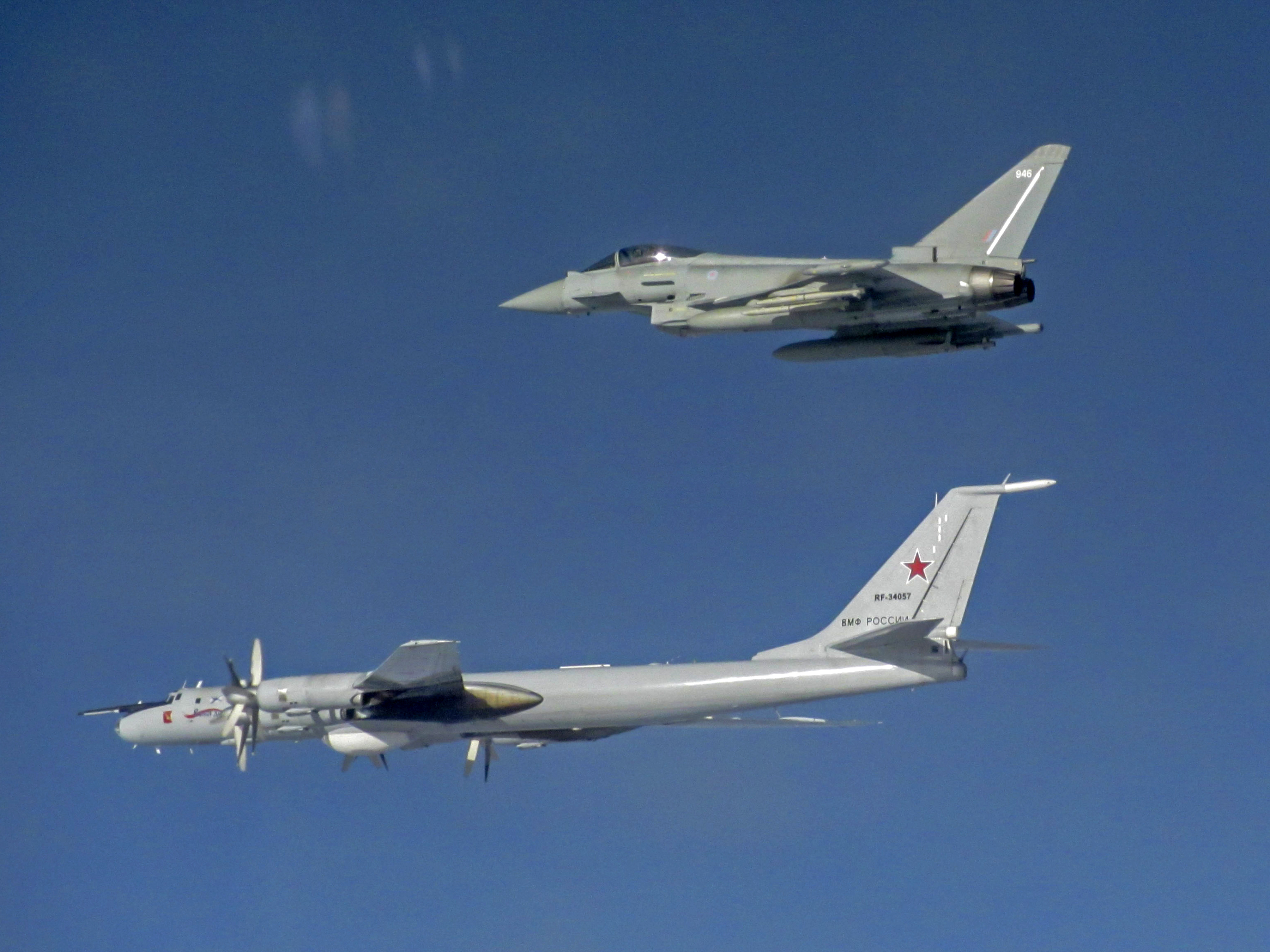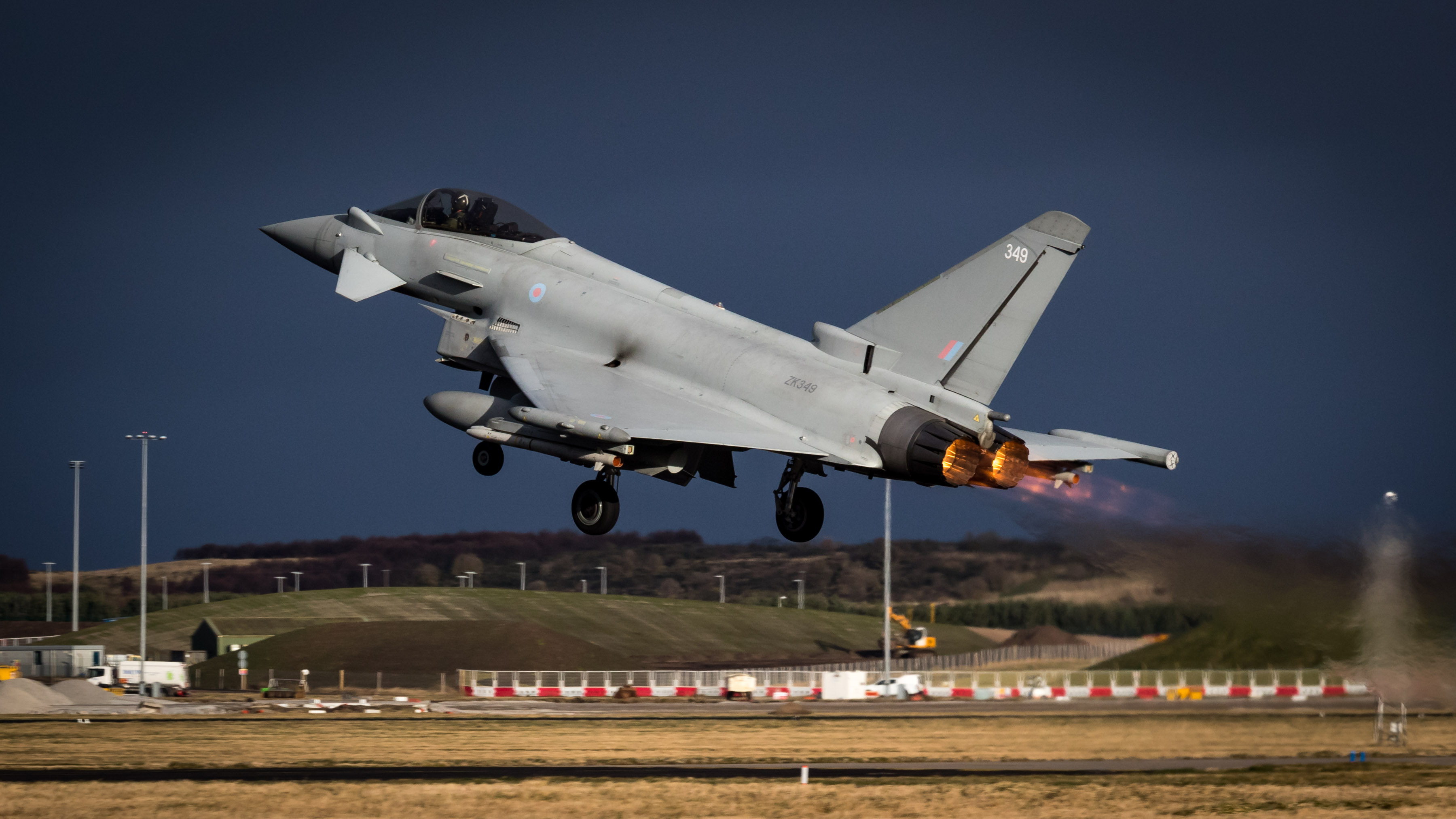This year marks the 83rd anniversary of the Battle of Britain, a pivotal moment in World War II when the Royal Air Force defended the United Kingdom against relentless enemy airstrikes.

On 15th September 1940 the Luftwaffe launched a massive assault in the skies over Britain. It was a day of heavy fighting, and the Luftwaffe suffered significant casualties. It was a decisive defeat for the Luftwaffe, and since then this date has been celebrated as ‘Battle of Britain Day’. 544 RAF aircrew were killed during the Battle of Britain. 312 RAF personnel were killed on the ground, as RAF stations were often targets for Luftwaffe bombing.

The Battle of Britain saw the RAF facing off against the formidable German Luftwaffe in a series of intense aerial clashes over British skies. This period of combat showcased the RAF's unyielding spirit, exceptional skill, and unwavering commitment to safeguarding their homeland.

Using science, ingenuity, and support from across the UK and overseas, the RAF defended the UK from Nazi Germany’s air force. It was the first major battle fought entirely in the air, and Nazi Germany’s first major military defeat.
This victory was made possible by the hard work and determination of 'The Many', to the courage and sacrifice of 'The Few' - the 2,945 RAF aircrew who faced the Luftwaffe from July to October 1940.
“Never in the field of human conflict was so much owed by so many to so few.”
Sir Winston Churchill
Fast forward to the modern day, the RAF remains a stalwart symbol of the United Kingdom's defence capabilities. Today, the RAF's mission includes conducting Quick Reaction Alert (QRA) operations, a vital component of the nation's defence strategy, at RAF Coningsby in Lincolnshire and RAF Lossiemouth in Scotland. In an era where new threats can emerge rapidly, QRA serves as a testament to the RAF's adaptability and readiness to protect the nation's airspace.

Battle of Britain vs. Modern-Day QRA
- Enemy Threats: In the Battle of Britain, the enemy was a foreign air force, the German Luftwaffe. Today, the RAF faces diverse and evolving threats, including potential hostile aircraft and unknown drones. This illustrates the RAF's modern versatility and its commitment to adapt to changing security challenges.
- Technology Advancements: During the Battle of Britain, aircraft technology was limited compared to today's advanced fighter jets. The modern RAF employs cutting-edge technology and surveillance systems to detect, intercept, and respond to potential threats swiftly.
- National Unity: The Battle of Britain brought the nation together, with civilians supporting the RAF effort through the darkest days of the war. Similarly, the RAF's QRA operations reflect the enduring spirit of unity and resilience in the face of threats to national security.
- Training and Readiness: While RAF pilots in the Battle of Britain showcased remarkable skill and bravery, today's RAF personnel undergo rigorous training and maintain constant readiness, ensuring they are always prepared to respond to any potential threat.

As we commemorate the heroes of the Battle of Britain and their sacrifice, we also celebrate those who continue the RAF’s commitment to safeguarding the United Kingdom's airspace, defending its sovereignty, and ensuring a secure future for all its citizens.
Find out more information on our page dedicated to the Battle of Britain.






